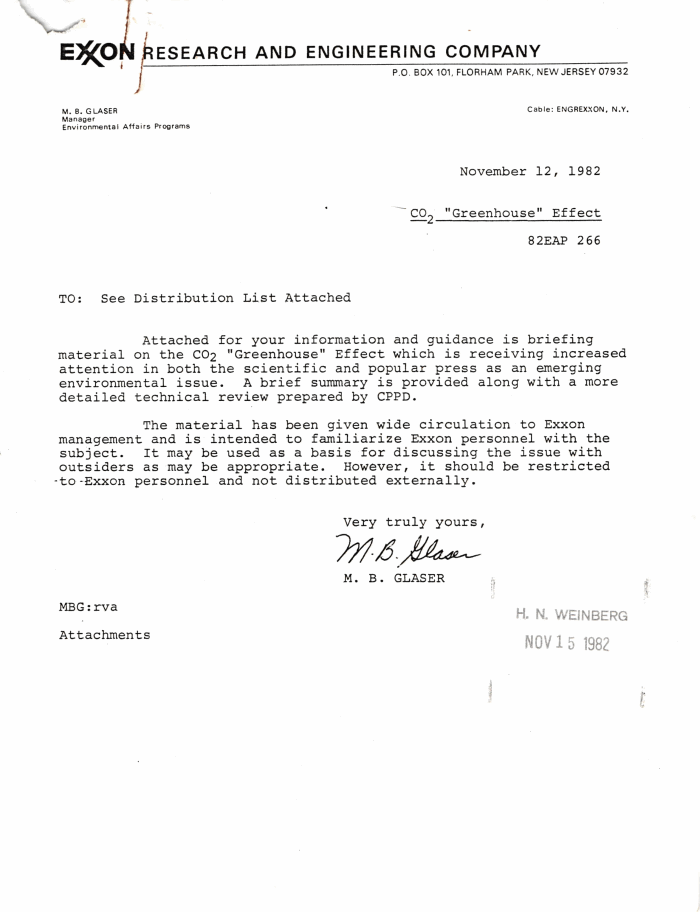I had that radar system in my 2009 A6.
Never activated by mistake.
was able to "see" motorbikes but I've never been close to run a pedestrian over, so don't know if it would see them.
This radar system was also able to follow cars at a set distance when cruise control was activated, braking and speeding up accordingly to car in front.
Made a very relaxed drive.
Yes, I had it on a Sharan some years ago. However, that was the manufacturers developing the technology. These regulations are much later. It's doubtful whether your Audi (or my Sharan) would actually have passed today's type approval tests. The fact that you never had any false alarms, probably suggests that it wouldn't have done. Like you, mercifully, I never had to really put the system to the test!


